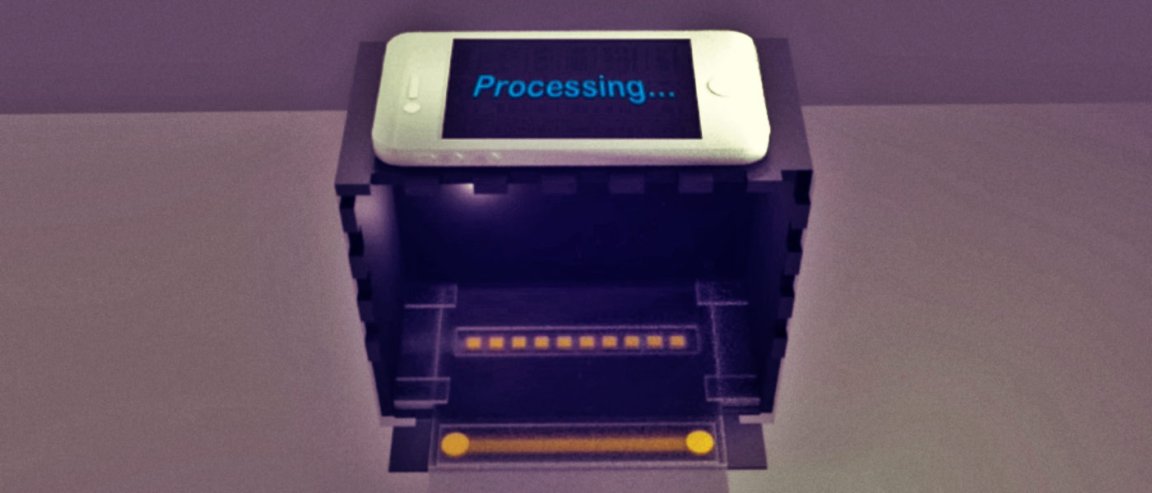
A urinalysis is a standard test that is used for medical checkups. It provides doctors with a number of health markers that allow them to detect diseases or other conditions. However, this test often comes as a bit of an inconvenience to patients—it requires a visit to the doctors, takes awhile to process, and sometimes comes back inconclusive.
Old Tool, New Method
Fortunately, a number of experts worked to make things a little easier on patients (especially on those in remote areas). The urine dipstick was supposed to change that by bringing the test to a D.I.Y. level. It’s a paper strip with 10 square pads that each change color when dipped in urine. The color change is then matched to a scale, which could show blood-sugar levels, the presence of diseases, and even signs of bladder cancer.
Unfortunately, doing it yourself won’t always provide an accurate result, especially when you’re dealing with something that should be done by experts. The dipstick is time and volume sensitive, and its results could be misinterpreted by the user. To top it off, it’s been in use since 1956.
We need an update.
That’s why electrical engineers Gennifer T. Smith and Audrey K. Bowden at Stanford University have created a structure with certain mechanisms that might just reinvent the old tool to make it better for urine tests.
Control Means Accuracy

Through an easy-to-assemble black box, the dipstick is placed onto a side fitted with holes for each pad. The same side includes a tray for the urine to simply be slid onto the pad for soaking at a controlled volume.
On the opposite side is a hole and a fitting for a smartphone that could record the resulting color changes with consistent lighting from the phone’s flash. With proper sequencing of these mechanisms, it is possible to render the results more accurate than ever.
The engineers published their project in Lab on a Chip, and they are currently working on commercializing the idea. In the future, they would like to design an app that could do the analysis straight from the smartphone itself.